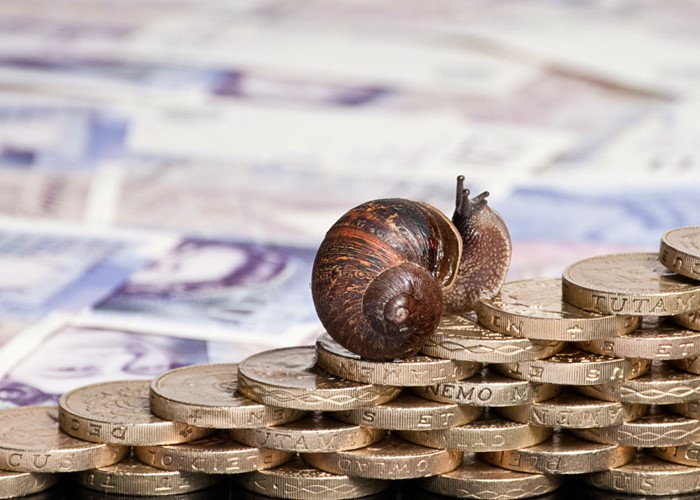Your four step financial health check

Recent research by National Savings and Investments (NS&I) suggests that many of us are still not tackling our finances head-on.
Some 40% of those questioned said they had no long-term financial plan. And 17% said they don't seek information on managing their money because it's too confusing.
In a bid to help Britons sort out their finances, NS&I has set up a new online tool - the five questions. This website, featuring Sir Alan Sugar, helps people focus on five areas of financial management, so they can work out what they should be doing.
Here, I'm going to look at four of these questions, and suggest a course of action you might want to take.
Once you've had your four step financial 'health check', you should be well on the road to sorting out your money mistakes.
1) Do you know how much debt you have and what your cash and assets are worth?
First of all, you've got to establish how much trouble - if any - you're actually in. Bite the bullet and open the statements and bills you've been ignoring.
Related how-to guide

Destroy your debt
If your credit card bills and debts are getting you down it's time to make a stand - here are five easy ways to start.
See the guideAnd make sure you calculate your total debt both including and excluding your mortgage (by far the biggest single debt you're likely to have as a homeowner).
Once you've taken these first crucial steps...
- You'll be able to work out whether you should be saving or paying off debt.
If you have any debts, it usually makes financial sense for you to clear them before you start saving. This is because the interest you pay on your debt is likely to be greater than the interest you're earning on any savings you have.
This article, by my colleague Neil Faulkner, should help you decide which course of action is right for you.
- You'll also be in a better position to draw up a sensible budget and repayment schedule.
2.) Do you know precisely how much your debt costs?
The 'cost' of each of your debts is the rate of interest you're paying on it. Once you've established how much each of your debts costs, see if you can rework them so you're paying as low a rate of interest as possible.
One way of doing this is to take out a 0% balance transfer card and shift some of your debts onto it.
Once you've minimised the interest you're paying, the quickest way to clear your debts is to snowball them. Here's what you do:
- Choose the most expensive debt (the one with the highest interest rate) and throw as much money at it as you possibly can.
- At the same time, keep making the minimum repayments on your other debts.
- When your most expensive debt is cleared, move on to clearing the one with the next highest interest rate.
- Keep working like this until you're back in the black!
3) Are you prepared for the unexpected?
Everyone should have a savings 'cushion' equivalent to at least three months' wages, to deal with unexpected costs and emergencies.
Related goal

Build up your savings
How to get into the savings habit, find forgotten money, work out the real value of a savings rate and build up that emergency savings pot.
Do this goalIn the current economic climate - and with rising unemployment - this savings cushion should ideally cover you for at least six months, and preferably more.
If you lost your job tomorrow, how long would you be able to last before you resorted to credit cards and high-interest loans? If you've managed to pay off your debts - but you haven't started saving yet - it's crucial you start squirreling that cash away!
Regular savings accounts allow you to put money away each month, and to earn a relatively good rate of interest. Find out more about how to use a regular savings account here.
'Preparing for the unexpected' also means being properly insured. Don't be tempted to cut back on vital insurance - like home insurance - to save a few pounds.
If you have dependents, you should also think about taking out life insurance to provide support for them if the worst happens. It's not a pleasant subject to dwell on - but nor is the prospect of your loved ones being destitute after you're gone.

Find out how to become a smart saver with a Cash ISA, and enjoy totally tax-free return.
4.) Are your savings tax-efficient?
Once you've built up a savings pot, it's important to protect it from the tax man as far as possible.
An easy way of doing this is to put as much as possible into an ISA - which is essentially a tax-free savings account. You can put £5,100 into a Cash ISA every tax year. But you don't need to save a massive lump sum all at once - you can add it to it gradually whenever you want to.
Watch Stop paying tax on your savings to find out more about ISAs.
If you've managed to tackle each stage of this action plan, you should now be feeling a bit more in control of your finances. Well done!
Comments
Be the first to comment
Do you want to comment on this article? You need to be signed in for this feature